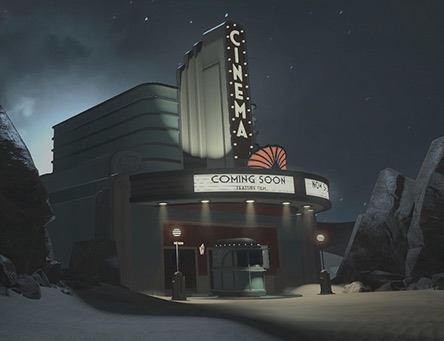Linden Lab’s ‘Second’ Act

Second life, the online world that took advantage of the growing reach of broadband services, is about 13 years old — a relic in Internet time.
But Linden Lab, the company behind Second Life, has been quietly working on something quite new amid a surge of more immersive and commercially available virtual reality technologies and products.
Second Life took the Internet by storm in 2003, and has managed to maintain a stable base of users of visitors and creators. According to Linden Lab CEO Ebbe Altberg, Second Life reached its peak in about 2006-07 when it hit 1.1 million monthly users; that number hovers at around 900,000 today. Creators on Second Life redeem more than $60 million in payouts on an annual basis, he said.
“A lot of users make their living on that platform,” Altberg said, noting that Second Life is also home to use cases spanning education (Texas A&M, for example, uses it for online classes), as well as other institutions, including nonprofits.
But Second Life “is really a precursor to what’s to come next,” he added.
What’s next for Linden Lab is a new, digitally forged world that will take advantage of high-end VR platforms such as the Oculus Rift and HTC Vive, which are just now entering the consumer market (shipment of the Rift started last week, while Vive shipments are expected to start later this month).
Linden Lab kicked off that next-generation initiative, called Project Sansar (the final, commercial name hasn’t been revealed yet), about two and a half years ago.
The smarter way to stay on top of broadcasting and cable industry. Sign up below
The aim is to create “something bigger and even more successful” than Second Life, Altberg said. “Virtual reality is finally reaching the tipping point because the price and quality will help it go mainstream over the next several years.”
Borrowing some of the elements that made Second Life successful, Project Sansar will also give users tools to build VR experiences that can be shared with others, while also giving them a way to generate money from of their handiwork.
Project Sansar anticipates a platform that can support a range of applications, including live music performances, role-playing games, virtual family rooms, and serving as a setting for company meetings that takes the notion of videoconferencing to the next level.
Linden Lab hasn’t disclosed many details of its new VR platform yet, but it’s been in production with a small set of alpha users since August 2015, with an expanded beta version slated for a summer release. The aim is to launch commercially by year-end, Altberg said.
In the early going, Project Sansar will support PCs (providing a 360-degree view), as well as such VR platforms as Oculus Rift and Vive. Further down the road, Project Sansar will look to extend support on mobile VR platforms (such as the Samsung Gear VR, which must be paired to a compatible smartphone) as performance on those systems improves.
In Altberg’s view, mobile VR remains a platform ideal for “passive consumption” — videos, photos and relatively simple games.
“It’s not really well-suited yet for really immersive social interactive experiences,” he said. “We will find a way to get to mobile VR. It’ll be the last platform we tackle, sometime next year.”
That’s a somewhat different approach than others that are focused on the emerging market for social VR. Oculus, for example, is offering its initial wave of social apps and games on the Gear VR, as is AltSpaceVR, a social VR pioneer that counts Comcast Ventures among its financial backers. Both are also supporting the new higher-end, PC-connected VR platforms.
Linden Lab is also working out Project Sansar’s economic model. However, the aim is to keep hosting charges — the barrier to entry — low, while taking a cut of the revenue-driving services delivered by Project Sansar’s base of users.
“We’re still modeling how cheap we can make it,” Altberg said.
